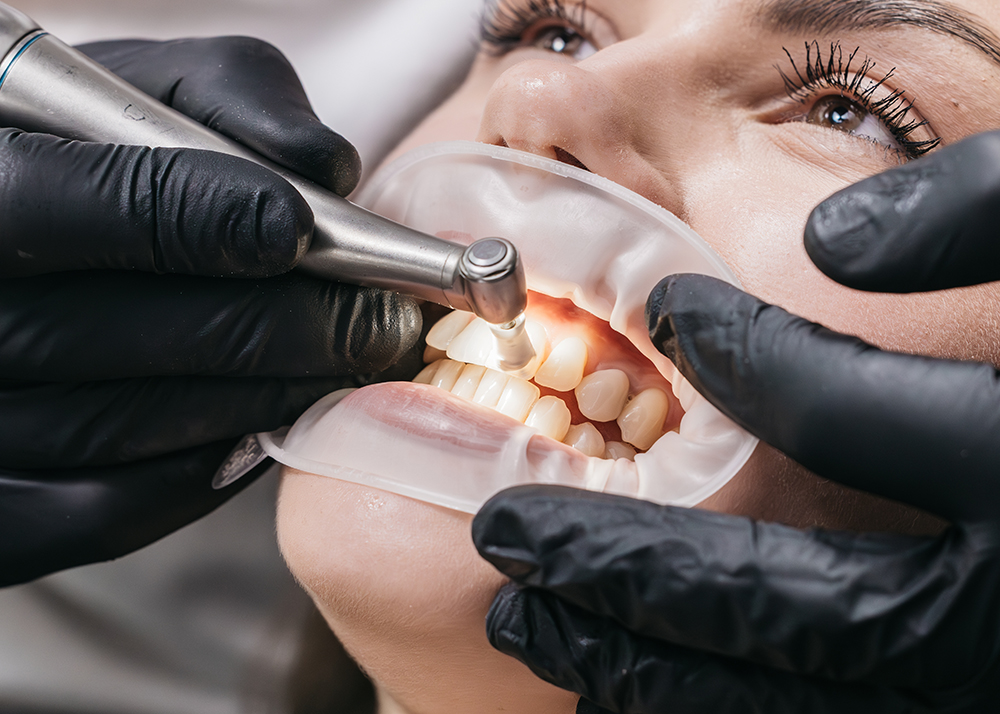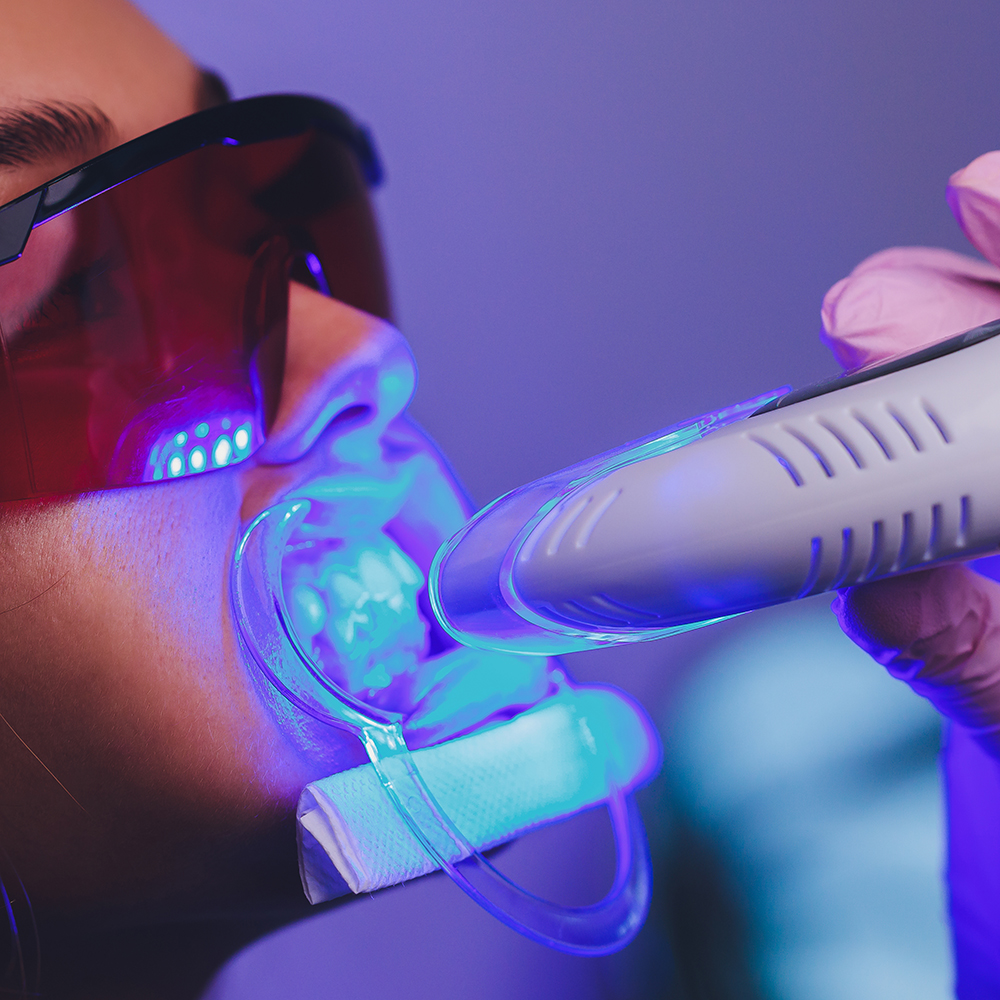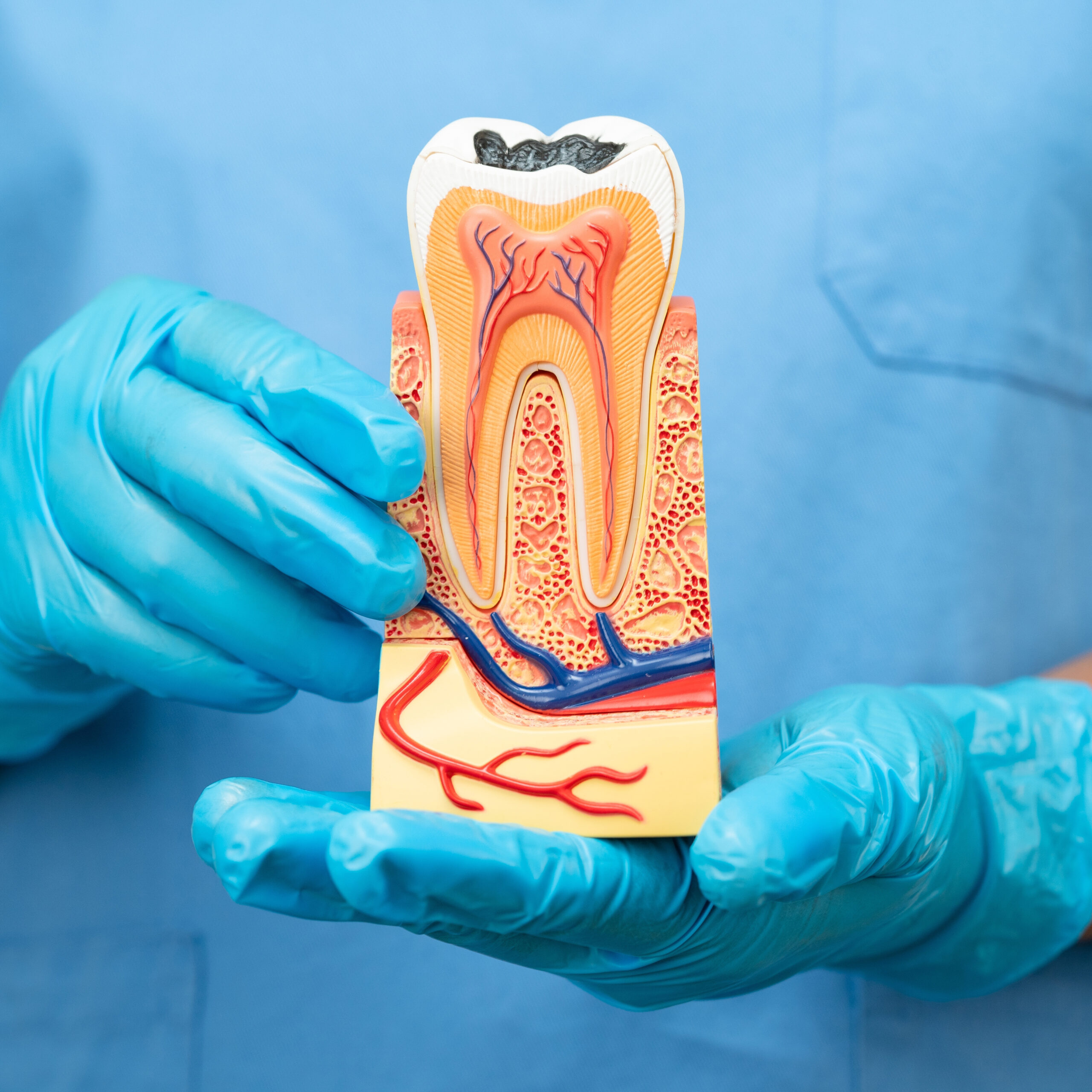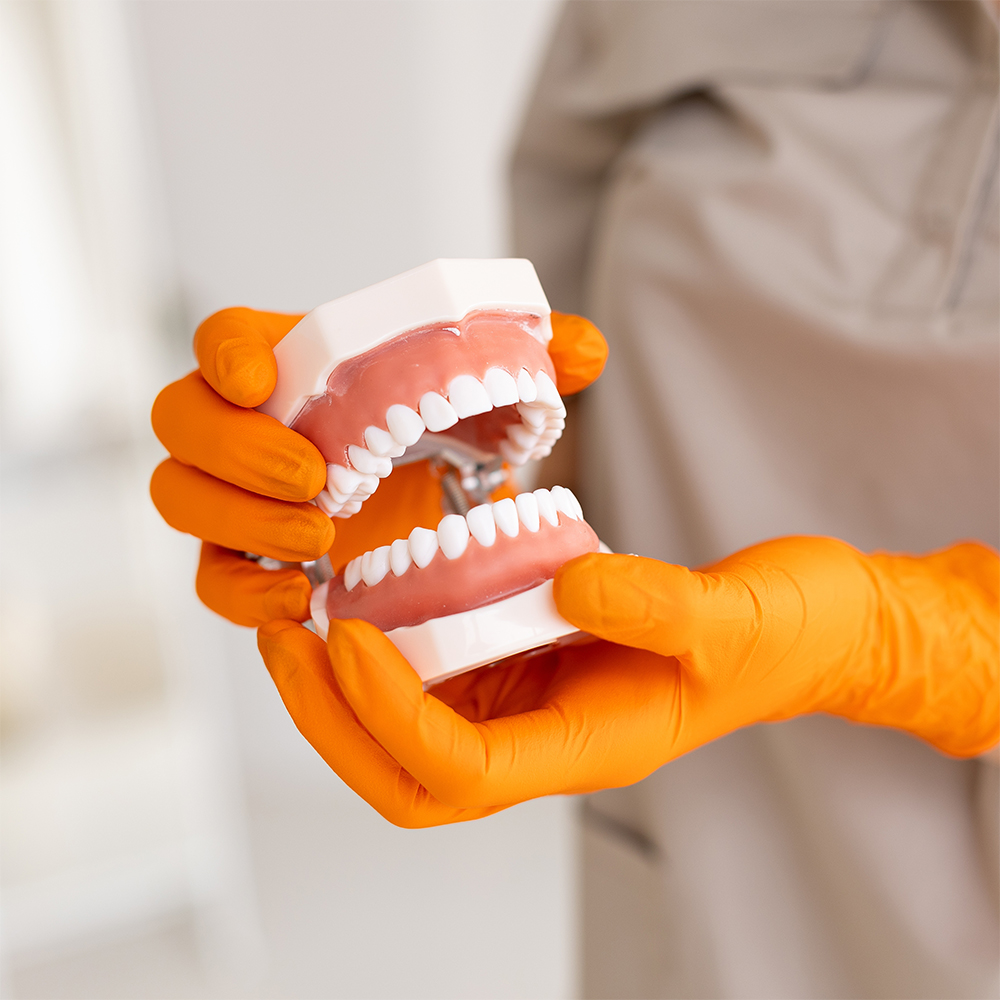
Teeth Whitening Methods: 2025’s Top In-Clinic & At-Home Whitening Systems for All Types of Teeth
Want to whiten your smile in 2025? Whether you prefer over-the-counter teeth whitening, professional dental treatments, or even natural whitening solutions, the options today are more diverse and effective than ever. From the best whitening toothpaste to high-tech in-office procedures, there’s something for everyone—yes, even for teeth with a whitening crown or sensitive teeth.
This comprehensive guide explores today’s top teeth whitening methods for every type of tooth and situation. Let’s find the perfect way to whiten your teeth without damaging your gums or enamel.
What Causes Tooth Staining?
Your teeth and gums go through a lot. Over time, stains from coffee, tea, red wine, and smoking penetrate the enamel of your teeth. Tooth staining is also linked to aging, genetics, and medications like tetracycline.
External stains (on the surface) are easier to treat than internal stains (inside the dentin). That’s why selecting the right whitening method matters based on the type of whitening needed.
Types of Teeth & Whitening Suitability
Different types of teeth respond differently to whitening. Here’s a quick comparison:
| Tooth Type | Best Whitening Approach |
|---|---|
| Natural teeth | All methods—ideal for whitening |
| Teeth with fillings/crowns | Whitening won’t work—try veneers |
| Sensitive teeth | Use low-peroxide or desensitizing systems |
| Teeth without enamel | Not eligible—risk of damage |
| Deep stains (e.g., tetracycline) | In-office whitening or cosmetic bonding |
Understanding the types of teeth you have allows for smarter decisions when selecting whitening kits or professional treatments. If you’re unsure of your enamel health, consider consulting your dentist for a proper diagnosis.
Understanding the Whitening Process
Most whitening systems use hydrogen peroxide or carbamide peroxide to oxidize stain molecules. The whitening procedure can be as simple as using toothpaste or as advanced as laser light application.
Peroxide-based whitening gel is especially effective at lifting deep stains from the enamel. It’s commonly found in LED kits and dental-grade whitening trays. Some whitening products use carbamide peroxide for slower, gentler whitening over time.
Whitening toothpaste use should be consistent but not excessive. Opt for enamel-safe formulas to maintain brightness without compromising tooth strength. Remember, the type of whitening you choose must align with your sensitivity levels and whitening goals.

Professional In-Office Whitening
The gold standard. Professional whitening treatments are done by your dentist in a controlled environment. Expect:
Protective gels for sensitive teeth
Strong whitening gel activated by light or laser
Fast, even results—up to 8 shades whiter in one hour
Best for those needing dramatic, immediate improvement and even application of the whitening.
These procedures may also include the application of prescription-strength whitening formulas for severe discoloration cases. They deliver faster results with reduced risk of enamel damage when compared to over-the-counter methods.
Over-the-Counter Teeth Whitening Options
Easily accessible and affordable. These include:
Whitening strips
Whitening toothpaste
Whitening kits (LED + gel)
Brush your teeth with low-abrasion formulas. Whiten your teeth at home in daily 10–30 minute sessions.
Downside? They may cause uneven whitening or irritation if overused.
Different teeth whitening methods in this category may include gels, pens, or LED trays. While affordable, they must be used properly to avoid patchy results or enamel wear. Always look for ADA-accepted labels and follow the application guide.
Top 10 Whitening Systems in 2025
System Type
Cost
Duration
Ideal For
In-office whitening
$300–800
1 session
Deep stains, fast results
Custom take-home trays
$150–300
2 weeks
Balanced effect, safe at home
LED whitening kits
$50–150
1–2 weeks
Home users with mild stains
Whitening strips
$20–60
1–2 weeks
Budget, convenience
Whitening toothpaste
$5–20
Daily
Maintenance after whitening
Natural whitening (baking soda)
$0–10
Long-term
Mild surface stains only
Laser teeth whitening
$600–1000
1 session
Advanced discoloration
Prescription-strength whitening
Varies
By dentist
Resistant stains
Over-the-counter whitening trays
$20–80
7–14 days
Fast DIY whitening
Enamel-safe whitening foams
$30–70
Gentle
People with teeth without strong enamel
Whitening systems today are more customizable than ever. You can now match product strength and format to your daily routine, stain level, and budget with ease.
How Often Should You Whiten Your Teeth?
In-office: Every 6–12 months
At-home kits: Every 3–4 months
Whitening toothpaste: Daily, if low-abrasion
Teeth at least twice per year should be professionally evaluated. Too frequent whitening damages the enamel of your teeth.
Uneven whitening may also result from improper application. Using a whitening kit with custom trays ensures better distribution of the gel and helps avoid patchy areas on your smile.
Best Way to Whiten Teeth Without Sensitivity
Choose products with:
Low hydrogen peroxide (6–10%)
Desensitizing agents like potassium nitrate
Custom trays for even application
No alcohol or dyes
If unsure, always talk to your dentist before starting.
For sensitive enamel, it’s better to use a whitening toothpaste with gentle abrasives and avoid high-peroxide gels. The surface of your teeth plays a critical role in how well whitening products interact, so avoid overexposing already weakened enamel.

Way to Whiten Teeth Safely at Home
Here’s a quick daily plan to whiten your teeth at home without damage:
Brush your teeth with a fluoride toothpaste
Apply whitening solution or strip
Rinse after 20–30 minutes
Avoid staining foods for 2 hours
Use a whitening mouthwash in the evening
To prevent staining, avoid dark-colored beverages and tobacco use during your treatment phase. Consider abrasive whitening only if you have strong enamel and no signs of gum recession.
Whitening Results: What to Expect
Not everyone achieves Hollywood-level brightness. Whitening results vary based on:
Starting tooth color
Type of stain (extrinsic vs. intrinsic)
Whitening method used
Post-treatment care habits
Whether the person has teeth with a whitening filling
Even with ideal care, maintenance is essential.
Your results also depend on the level of whitening achieved during the first session. For deeper stains, a follow-up treatment or a more intensive whitening system might be necessary.
Talk to Your Dentist Before Whitening
Why? Because not all teeth are eligible for whitening.
Cracked enamel or cavities must be treated first
You might need professional treatment instead of at-home options
They can help you choose the best teeth whitening method
Prescription whitening may be more effective than store-bought products
Talk with your dentist if you’ve had previous dental work. They can advise on options like veneers or bonding if whitening won’t affect existing crowns or composite fillings.
Additional Considerations for Long-Term Whitening Success
To maintain long-term brightness, consider the use of teeth whitening only when necessary. Overuse of whitening systems may lead to enamel erosion or sensitivity. Be cautious with whitening products use, especially if you have teeth without strong enamel.
Teeth whitening products also vary in their peroxide levels and additives. Look for ingredients that support enamel health and avoid alcohol-based solutions. The even application of the whitening product—whether gel or strip—ensures consistent, natural-looking results.
FAQs
No. Crowns, veneers, and fillings don’t respond to whitening agents.
Look for ADA-accepted, low-peroxide kits with custom trays.
3 months to 2 years depending on lifestyle and products used.
Pause treatment. Try a lower strength gel or consult your dentist.
Barely. Natural whitening like baking soda may remove surface stains only.
With supervision and only low-peroxide options.
Only with custom trays. Strips and pens may lead to uneven whitening.
Consult a professional. Most dentists recommend avoiding it.
You’ll need more frequent maintenance and whitening toothpaste.
Teeth may feel dry or chalky, and surface of your teeth might look blotchy.
Conclusion: Choosing the Right Whitening Method for Your Teeth Type
There’s no single best method—but there is a best teeth whitening method for you.
If you want speed and safety? Choose in-office whitening.
Want control and affordability? Go for a home LED kit.
Need maintenance? Use whitening toothpaste daily.
Just remember: always base your decision on the type of whitening your teeth require. Check for enamel condition, teeth and gums health, and existing restorations.
And never underestimate the value of talking to your dentist before trying anything new.










